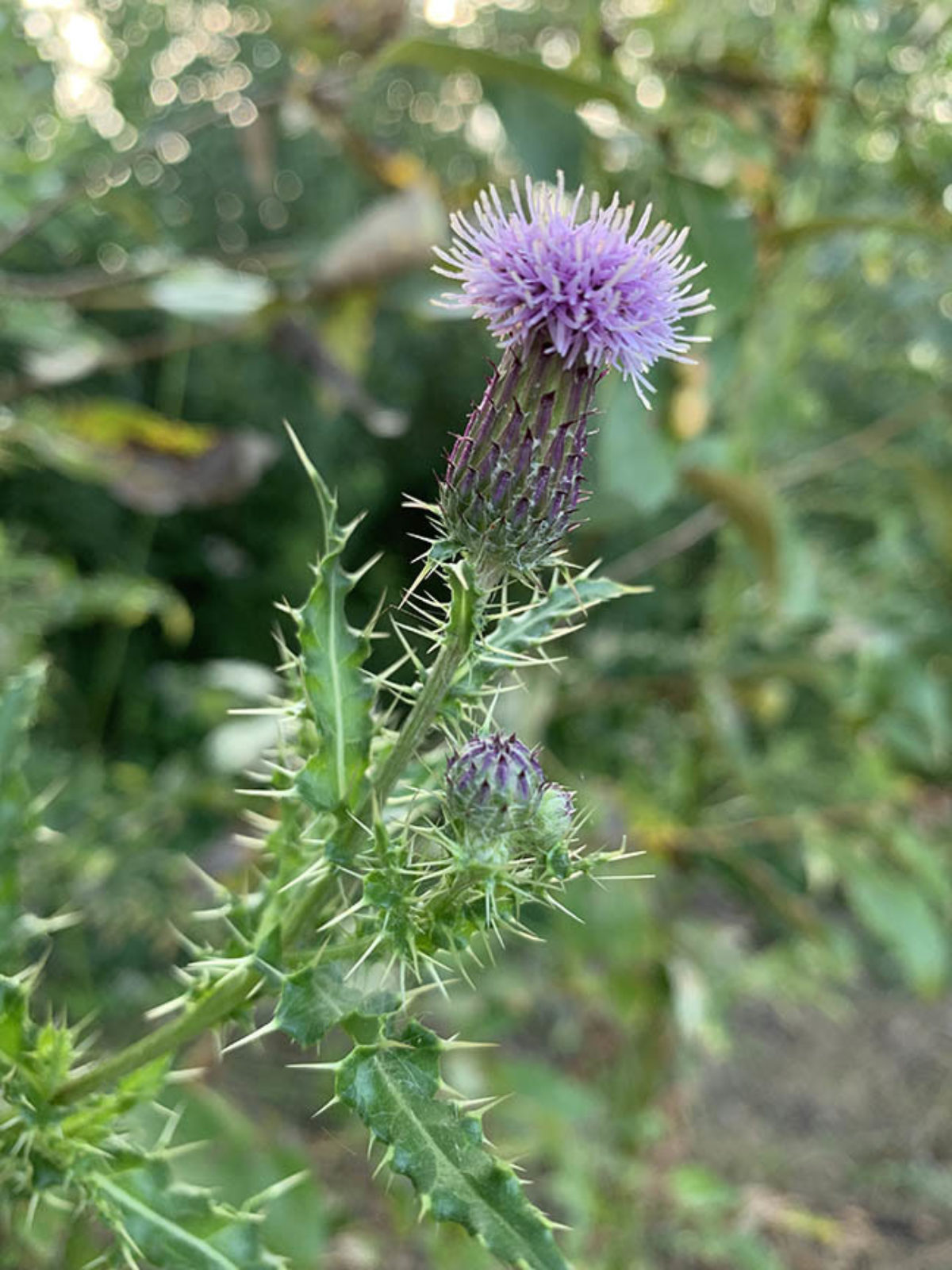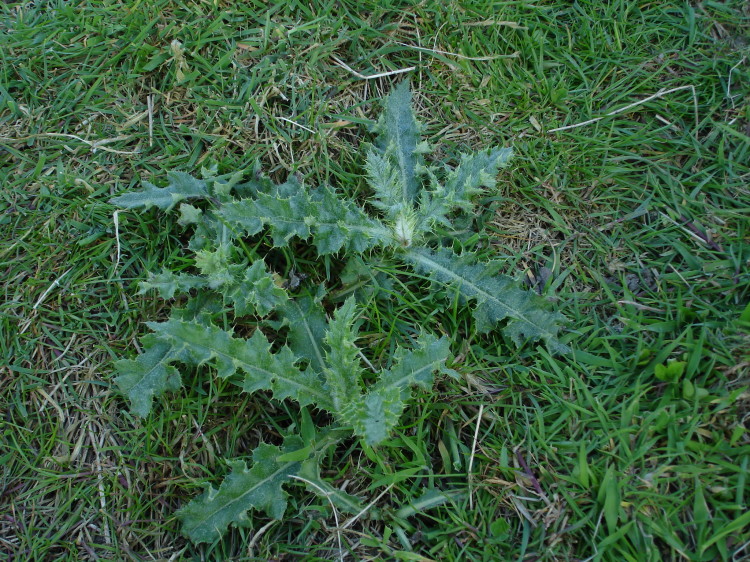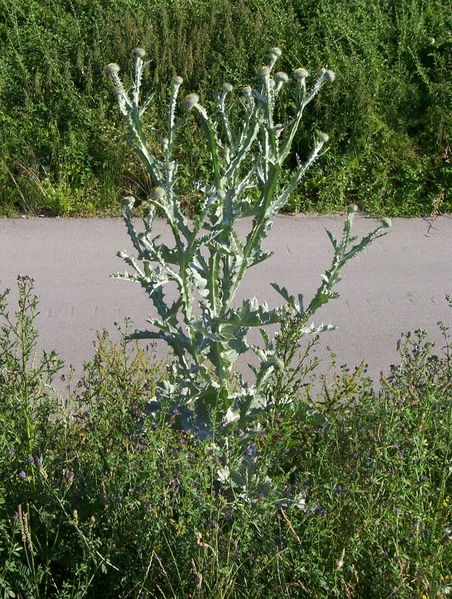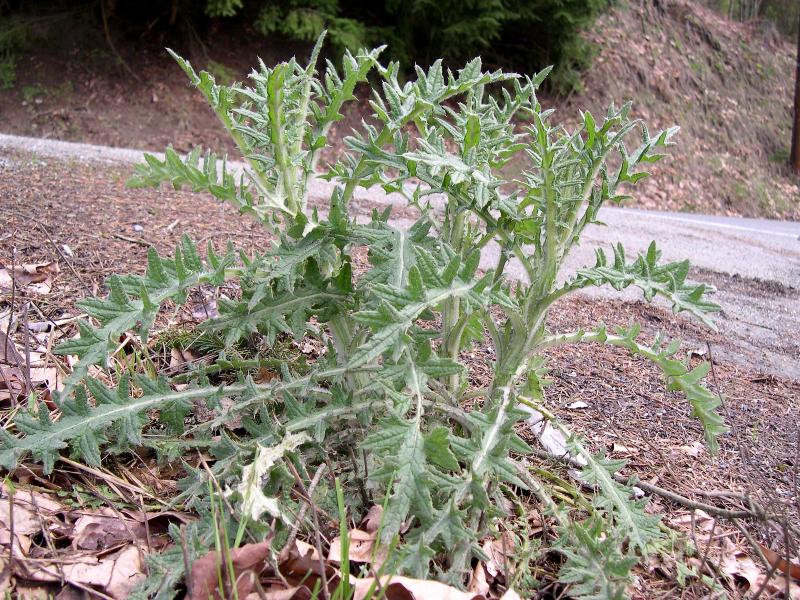Thistle Weed: The Beautiful But Deadly Invader
Thistle weed is a beautiful but deadly invader. With its spiny leaves and bright flowers, it can be a welcome addition to any garden. However, thistle weed is also an invasive species, and it can quickly take over an area. If not controlled, thistle weed can damage crops, disrupt ecosystems, and even pose a health risk.
What is thistle weed?
Thistle weed is a member of the daisy family. There are over 200 species of thistle weed, and they can be found all over the world. Thistle weed is a perennial plant, which means that it lives for more than two years. It can grow up to 10 feet tall, and it has spiny leaves and bright flowers.
Why is thistle weed so invasive?
Thistle weed is invasive because it has a few key advantages over native plants. First, thistle weed is very good at spreading. It can reproduce both by seed and by vegetative means. This means that even if you pull up a thistle weed, it can still come back from the roots.
Second, thistle weed is very competitive. It can outcompete native plants for water, sunlight, and nutrients. This can lead to the decline of native plant populations.
Third, thistle weed is very tolerant of a wide range of conditions. It can grow in poor soil, in full sun, and in drought conditions. This makes it difficult to control.
The impact of thistle weed
Thistle weed can have a significant impact on the environment. It can damage crops, disrupt ecosystems, and even pose a health risk.
In agriculture, thistle weed can reduce crop yields and make it difficult to harvest crops. This can lead to economic losses for farmers.
In ecosystems, thistle weed can displace native plants and change the composition of the community. This can have a negative impact on wildlife that rely on native plants for food and shelter.
Thistle weed can also be a health hazard. The spines of thistle weed can puncture the skin, and the seeds can contain toxins. This can lead to infection and other health problems.
How to control thistle weed
There are a number of ways to control thistle weed. Some of the most effective methods include:
- Hand pulling: This is the most effective way to control thistle weed, but it can be time-consuming and labor-intensive.
- Mowing: Mowing can help to reduce the spread of thistle weed, but it will not kill the plant.
- Herbicides: Herbicides can be effective at killing thistle weed, but they can also be harmful to the environment.
- Biological control: Biological control involves introducing insects or other organisms that prey on thistle weed. This can be an effective way to control thistle weed, but it can take time to be effective.
Conclusion
Thistle weed is a beautiful but deadly invader. It can have a significant impact on the environment, and it can pose a health risk. There are a number of ways to control thistle weed, but it is important to choose the method that is most appropriate for the situation.
Thistle weed is a common plant that can be found in many parts of the world. It is known for its sharp spines and prickly leaves. Thistle weed can be a nuisance, but it also has some medicinal properties.
If you are interested in learning more about thistle weed, I recommend visiting Garden Wiki. This website provides a wealth of information about this plant, including its history, uses, and medicinal properties.
In addition to providing information about thistle weed, Garden Wiki also offers a variety of resources for those who are interested in using this plant for medicinal purposes. For example, the website has a section on how to make thistle weed tea, as well as a list of other products that contain thistle weed.
I hope this information is helpful. If you have any further questions about thistle weed, please do not hesitate to contact me.
FAQ of thistle weed
What is a thistle weed?
A thistle weed is a type of flowering plant that is known for its sharp spines. Thistles can be found in many different parts of the world, and they can be a nuisance to homeowners and gardeners.
What are the different types of thistle weeds?
There are many different types of thistle weeds, but some of the most common include:
- Canada thistle
- Scotch thistle
- Bull thistle
- Creeping thistle
- Milk thistle
How do thistle weeds spread?
Thistle weeds can spread by seed, root, and even by breaking off and being carried by animals or people.
How can I control thistle weeds?
There are a number of ways to control thistle weeds, including:
- Hand-pulling
- Mowing
- Herbicides
- Biological control
What are the benefits of controlling thistle weeds?
Controlling thistle weeds can have a number of benefits, including:
- Reducing the risk of property damage
- Improving the appearance of your yard
- Protecting your livestock from poisoning
- Preventing the spread of thistle weeds to other areas
Image of thistle weed
- Canada thistle: This is a tall, prickly plant with purple flowers. It is a common weed in North America.

- Bull thistle: This is a large, spiny plant with yellow flowers. It is a common weed in Europe and Asia.
- Creeping thistle: This is a low-growing, spreading plant with pink flowers. It is a common weed in lawns and gardens.

- Scotch thistle: This is a tall, prickly plant with purple flowers. It is a common weed in the British Isles.

- Milk thistle: This is a prickly plant with purple flowers. It is a medicinal plant that is used to treat liver problems.

Post a Comment for "Thistle Weed: The Beautiful But Deadly Invader"